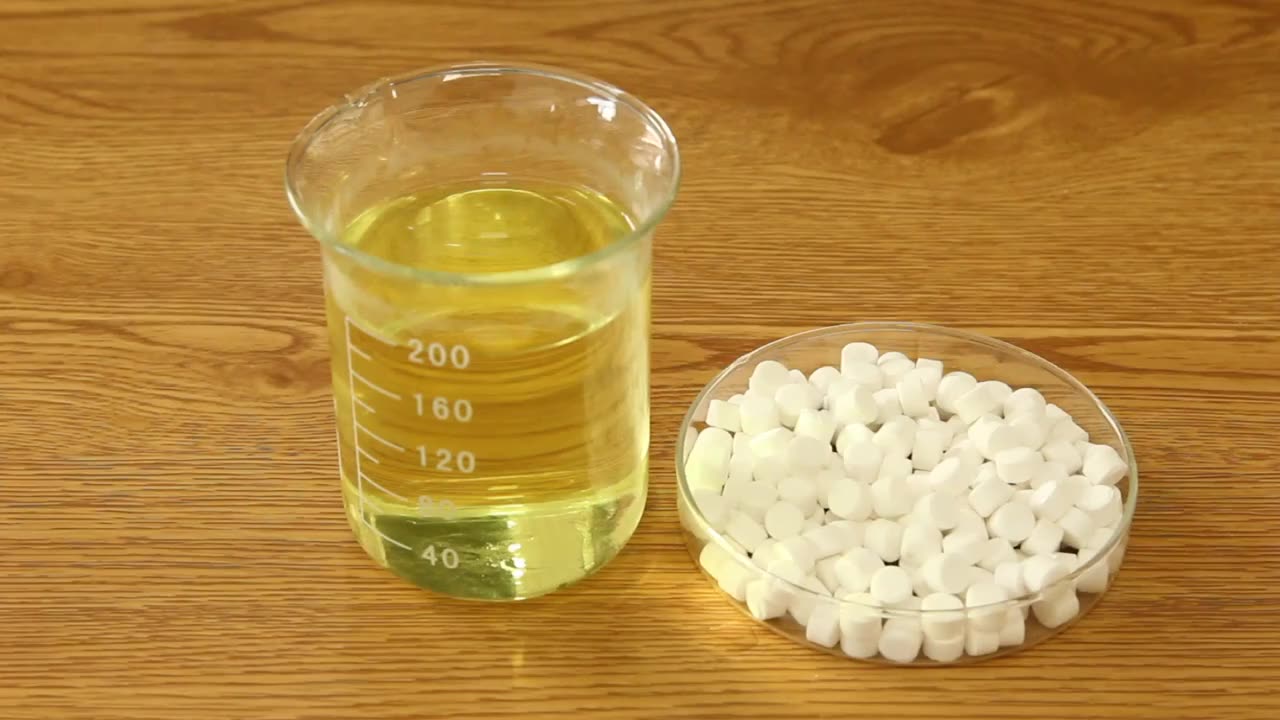Chlorine Dioxide: A Market on the Rise – Insights and Opportunities
Chlorine dioxide (ClO2) might not be a household name, but this powerful oxidant and disinfectant is quietly playing a pivotal role across a multitude of industries, safeguarding public health and enhancing industrial processes. The global chlorine dioxide market is currently experiencing robust growth, driven by an escalating demand for effective water treatment solutions, increasing industrialization, and stricter regulatory frameworks promoting safer disinfection methods.
Market Snapshot and Growth Projections:
The Chlorine Dioxide Market is expected to register a CAGR of 4.1% from 2025 to 2031, with a market size expanding from US$ XX million in 2024 to US$ XX Million by 2031. This steady expansion underscores the indispensable nature of ClO2 in modern industrial and public utility landscapes.
Key Market Drivers: The Fuel Behind the Growth
Several powerful forces are propelling the chlorine dioxide market forward:
- Growing Demand for Water Treatment: This is the undisputed champion driving the market. With increasing global population, rapid urbanization, and mounting concerns over waterborne diseases, the need for safe and potable water is paramount. Chlorine dioxide’s superior efficacy in eliminating a wide range of microorganisms (bacteria, viruses, fungi) without forming harmful byproducts like trihalomethanes (THMs) makes it a preferred choice for municipal drinking water, industrial wastewater, and even swimming pool water treatment. The industrial sector, particularly in developing economies, is witnessing a surge in demand for wastewater treatment due to stringent environmental regulations and the need to recycle water.
- Expansion of the Food & Beverage Industry: ClO2 is gaining significant traction in the food and beverage sector for disinfection and sanitation. Its effectiveness in controlling pathogens like E. coli and Salmonella, coupled with minimal chemical residues and no alteration of taste profiles, makes it ideal for washing fruits and vegetables, poultry processing, and general equipment sanitization. As global food safety regulations become more stringent and the demand for processed and packaged foods rises, the adoption of ClO2 is set to increase.
- Pulp & Paper Industry’s Shift to ECF Bleaching: Chlorine dioxide is a crucial bleaching agent in the pulp and paper industry, particularly for Elemental Chlorine Free (ECF) bleaching. This method reduces the environmental impact compared to traditional chlorine-based methods by minimizing the formation of toxic organochlorine compounds, aligning with growing environmental sustainability concerns.
- Growth in the Oil & Gas Sector: The oil and gas industry utilizes chlorine dioxide for oilfield water treatment, microbial control in pipelines, and mitigation of sulfide compounds. Increased exploration and production activities globally are boosting the demand for effective water treatment solutions in this sector.
- Rising Applications in Healthcare and Pharmaceuticals: Chlorine dioxide’s potent antimicrobial properties make it valuable for sterilizing medical and laboratory equipment, as well as for disinfection in healthcare facilities. This segment is expected to witness steady growth, particularly in regions with expanding healthcare infrastructure.
- Technological Advancements: Continuous innovation in ClO2 generation technologies, leading to improved cost-effectiveness, enhanced safety protocols, and real-time monitoring capabilities (e.g., new systems from Lutz-Jesco, ProMinent, Evoqua), is further bolstering market adoption.
Challenges and the Path Forward:
Despite the promising outlook, the chlorine dioxide market faces certain challenges:
- Safety Concerns: Chlorine dioxide is highly reactive, flammable, and can pose fire and explosion risks in concentrated forms. This necessitates on-site generation and careful handling, limiting its widespread public use and posing logistical hurdles where on-site generation capacity is limited.
- Regulatory Landscape: While regulations often drive demand for safer disinfectants, stringent rules regarding handling, storage, and disposal can also increase operational costs and complexity for users.
- Competition from Alternatives: While ClO2 offers unique advantages, it competes with other disinfectants like UV light and ozone. Continuous innovation and highlighting ClO2’s distinct benefits are crucial for maintaining market share.
Future Outlook and Opportunities:
The future of the chlorine dioxide market appears bright. The ongoing global emphasis on water scarcity, water quality, and public health will continue to fuel demand. Opportunities lie in:
- Developing safer and more stable formulations: Research into improved delivery systems and enhanced stability will expand its applicability and ease of use.
- Innovations in generation technologies: More efficient, affordable, and scalable on-site generation systems will be key to broader adoption.
- Expanding applications: Exploring new applications in emerging sectors where disinfection and oxidation are critical could open new revenue streams.
- Focus on sustainable solutions: Highlighting the environmental benefits of ClO2 (e.g., less harmful byproducts compared to chlorine) will resonate with environmentally conscious industries and consumers.
In conclusion
The chlorine dioxide market is on a strong growth trajectory, underpinned by fundamental needs for clean water and effective disinfection across diverse industries. While challenges related to handling and competition exist, ongoing innovation and the undeniable advantages of ClO2 position it as a critical chemical for a safer and healthier future

